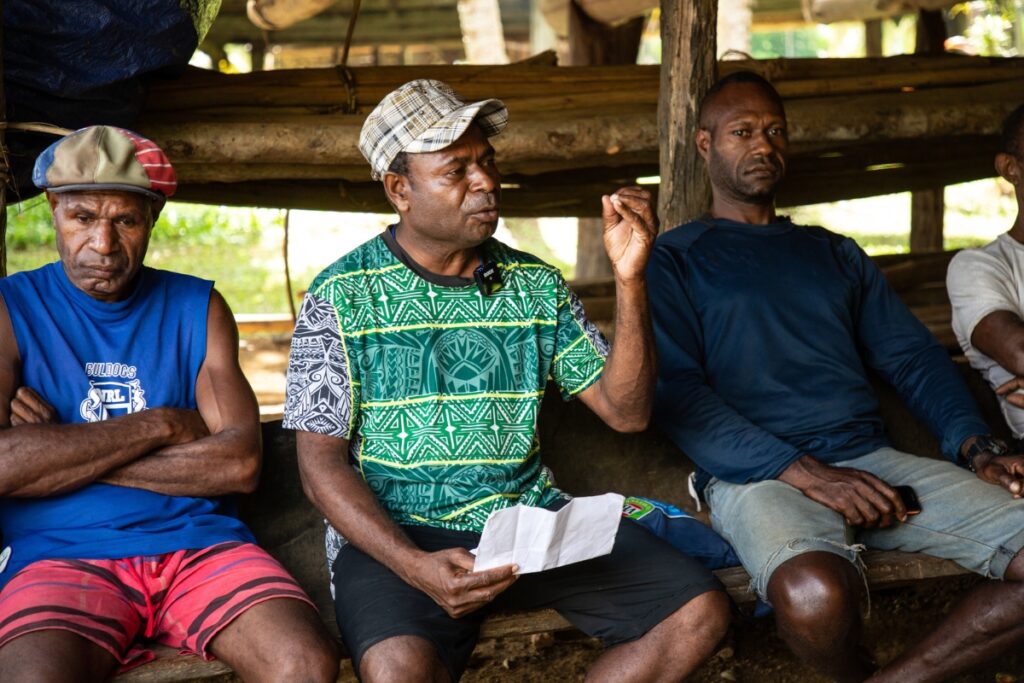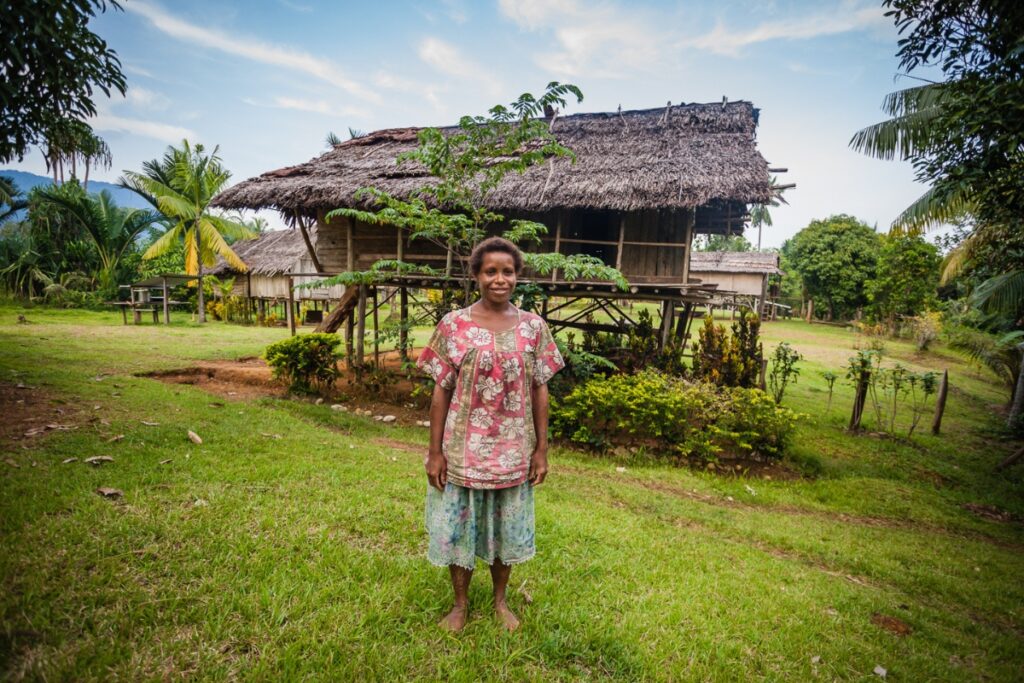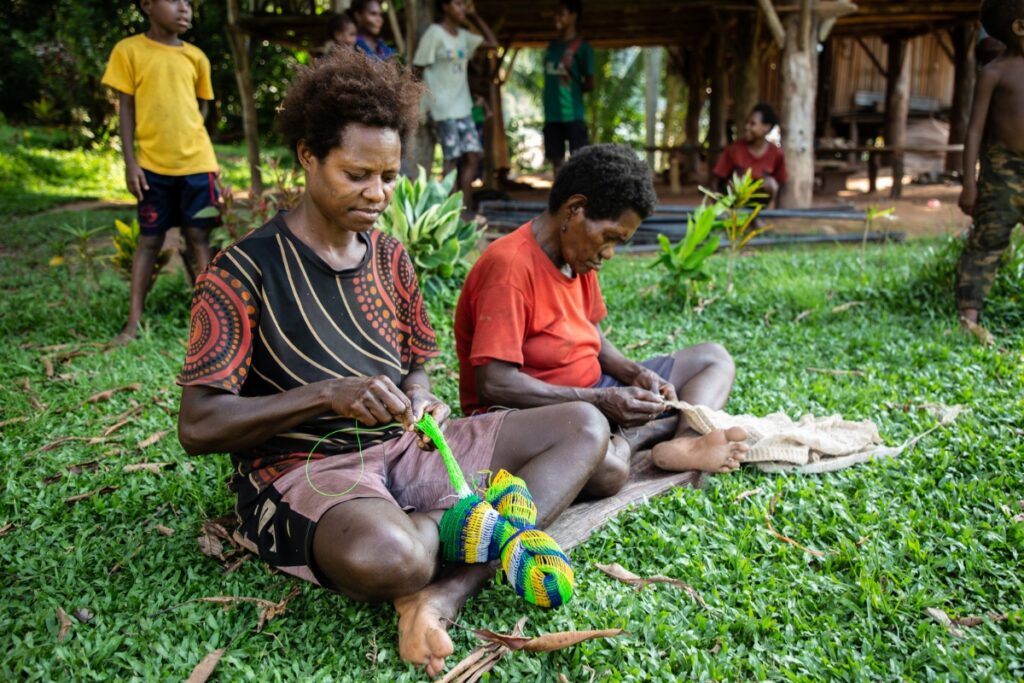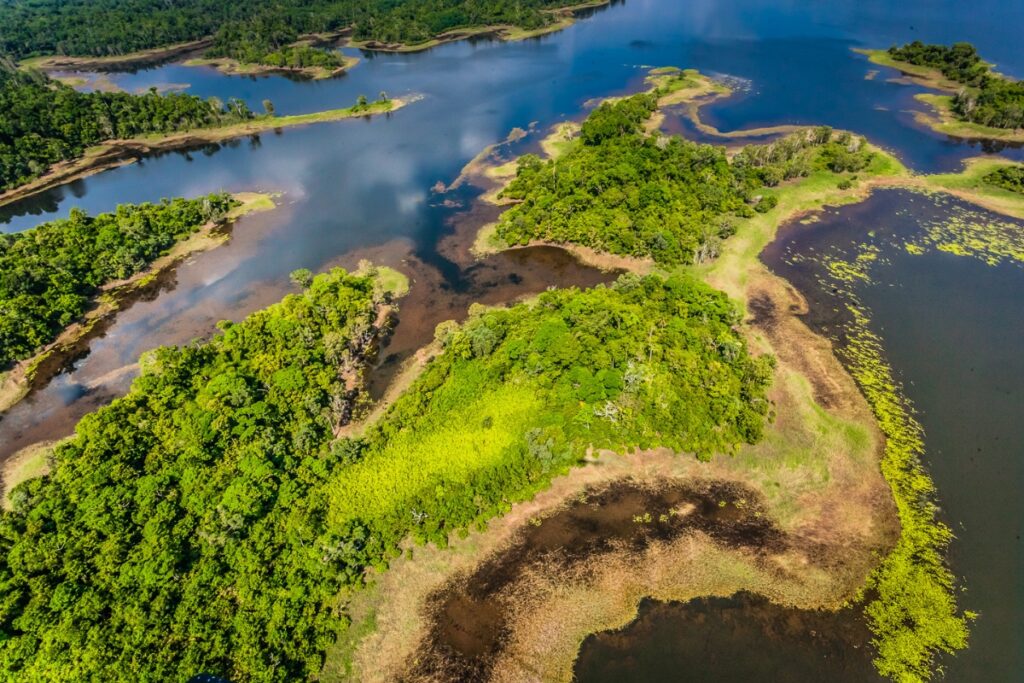The carbon abatement reported by these projects have been scientifically measured using the relevant methodology and independently verified as required under the Verified Carbon Standard (VCS).
Contribution toward co-benefits for Rainforest Rescue projects in TEM’s portfolio have been independently validated and scientifically monitored and reported on by the project proponents using the Climate Community and Biodiversity (CCB) Standards (note SDGs may vary depending on the specific project).
These benefits are drawn from detailed project descriptions provided by the project proponents, and are formally certified under CCB Standards.
Registry information: Verra
Standard: Verified Carbon Standard (VCS)
Unit type: Verified Carbon Unit (VCU)
TEM-sourced or project partner projects in Asia, Oceania and Africa reduce carbon emissions and protect hundreds of thousands of hectares of native forests, which secures habitat for wildlife and support local communities. This includes securing vital habitat for millions of species of endemic and endangered rainforest animals and plants.
For example, projects across Indonesia protect large, in-tact expanses of rainforest that would otherwise have been cleared. This prevents the release of millions of tonnes of greenhouse gas emissions each year. Preserving forests helps keep carbon locked in organic matter, both in vegetation and soil, preventing its release into the atmosphere.
These projects diversify landholder income and put a value on retaining the forests by supporting sustainable agroforestry projects, such as the production of coconut products (oil and sugar) and cashews.
Key impacts and benefits can include:
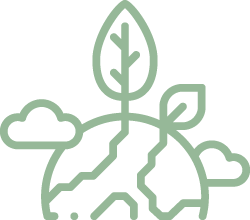


UN Sustainable Development Goals
The projects may contribute to the following United Nations Sustainable Development Goals
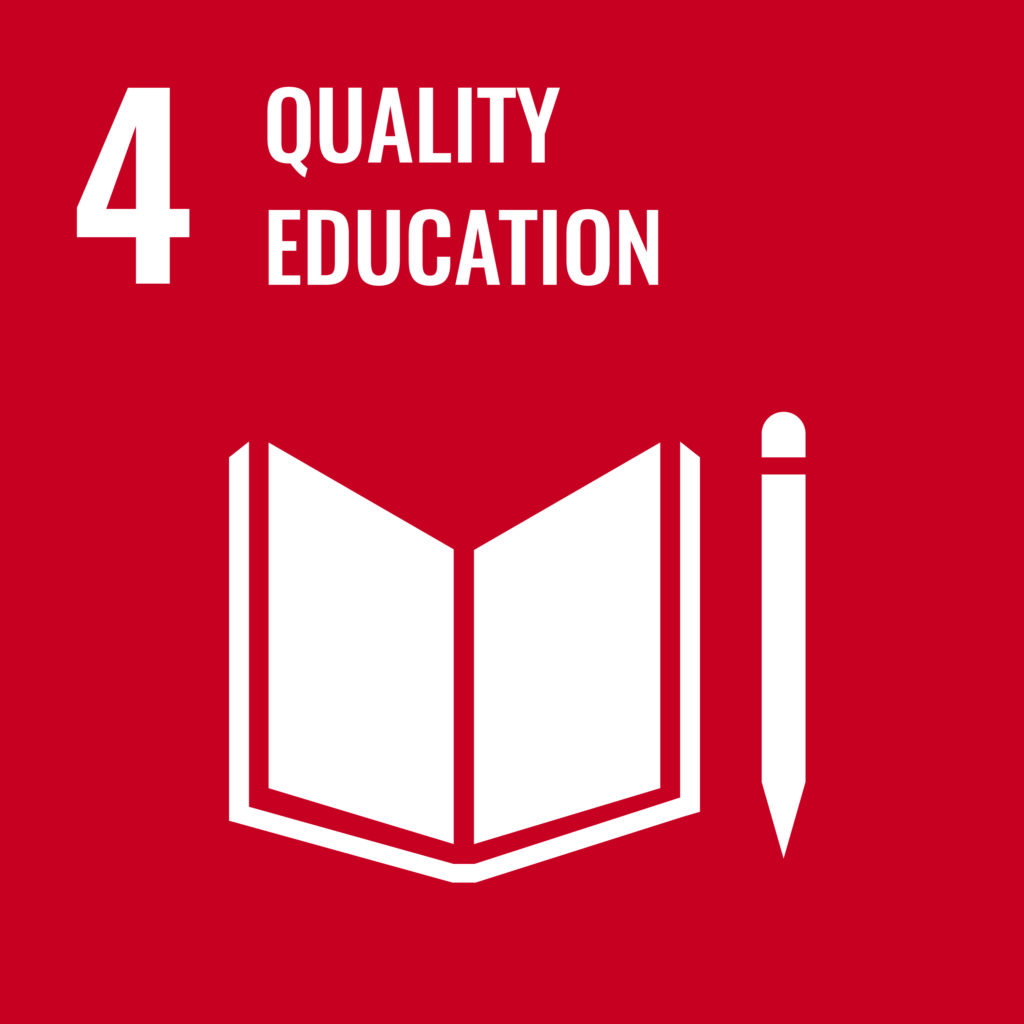
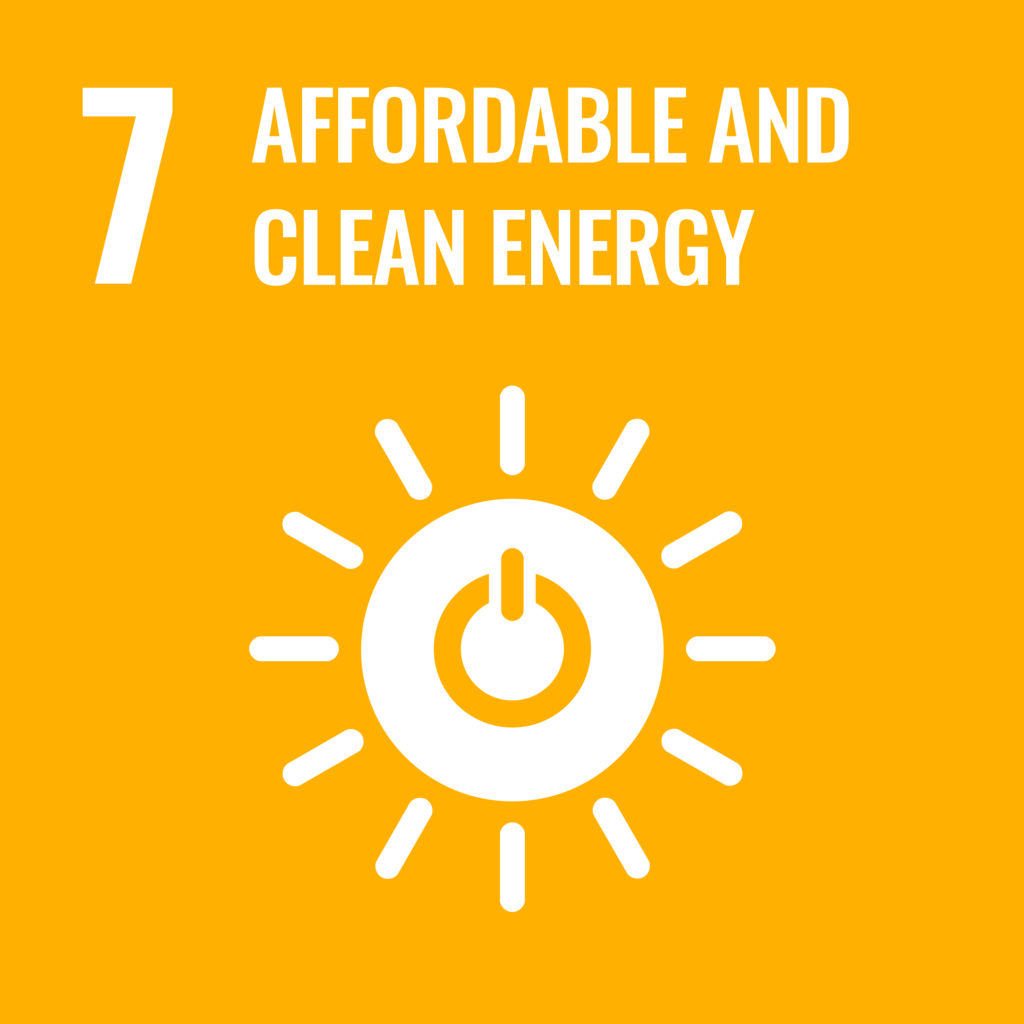
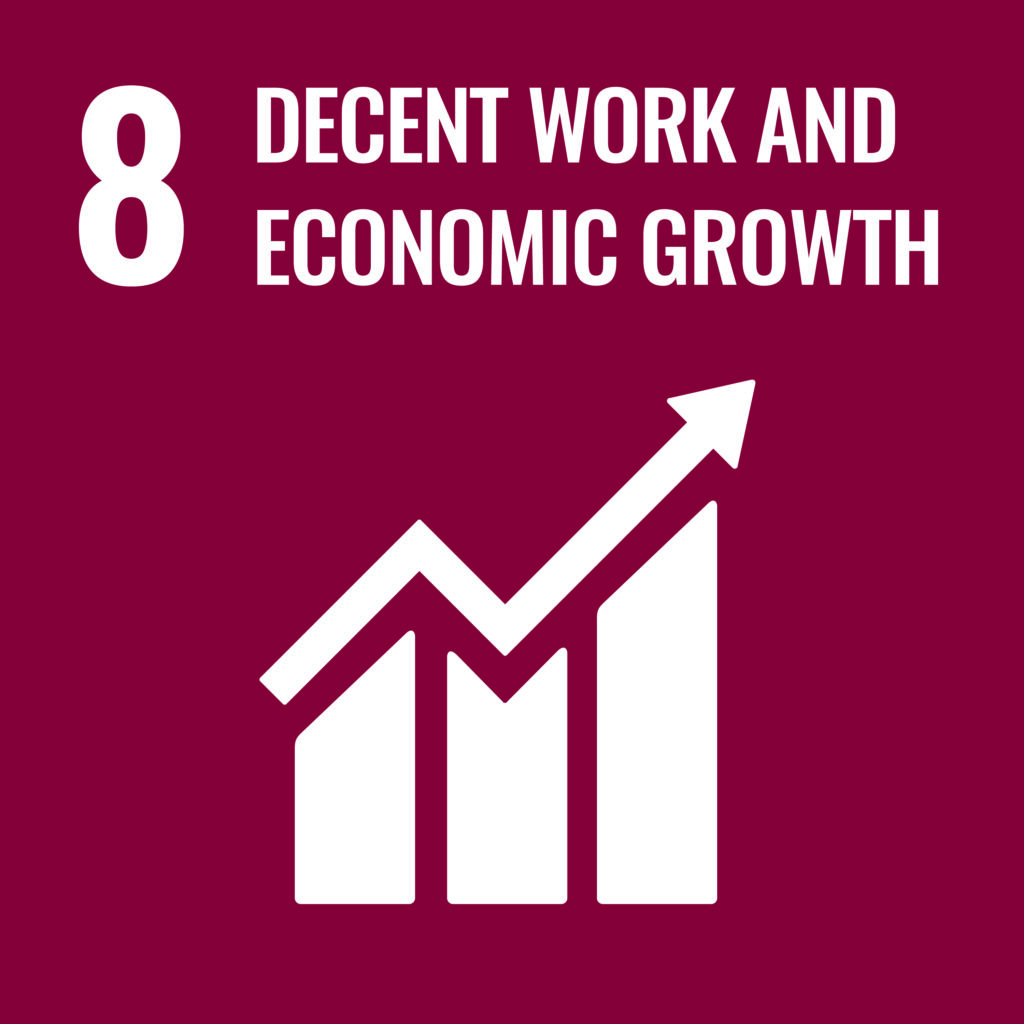
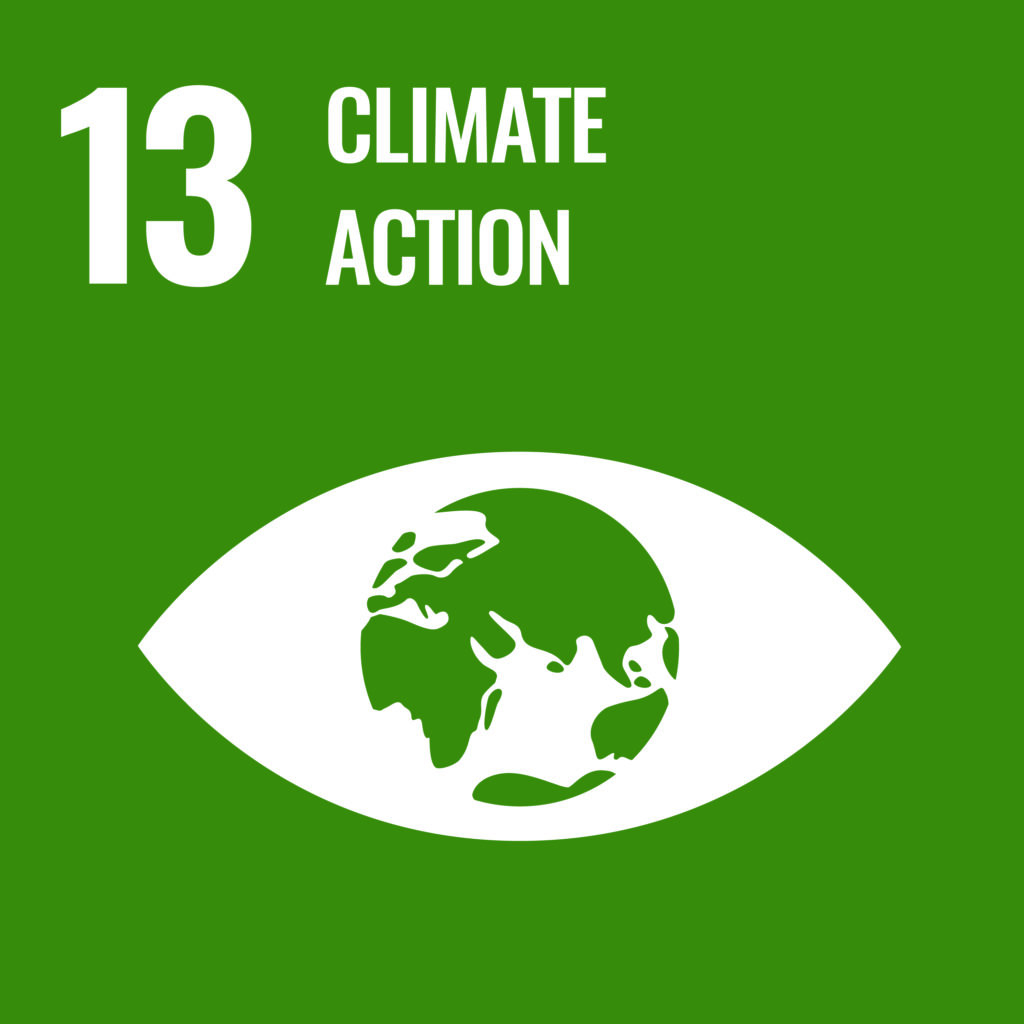
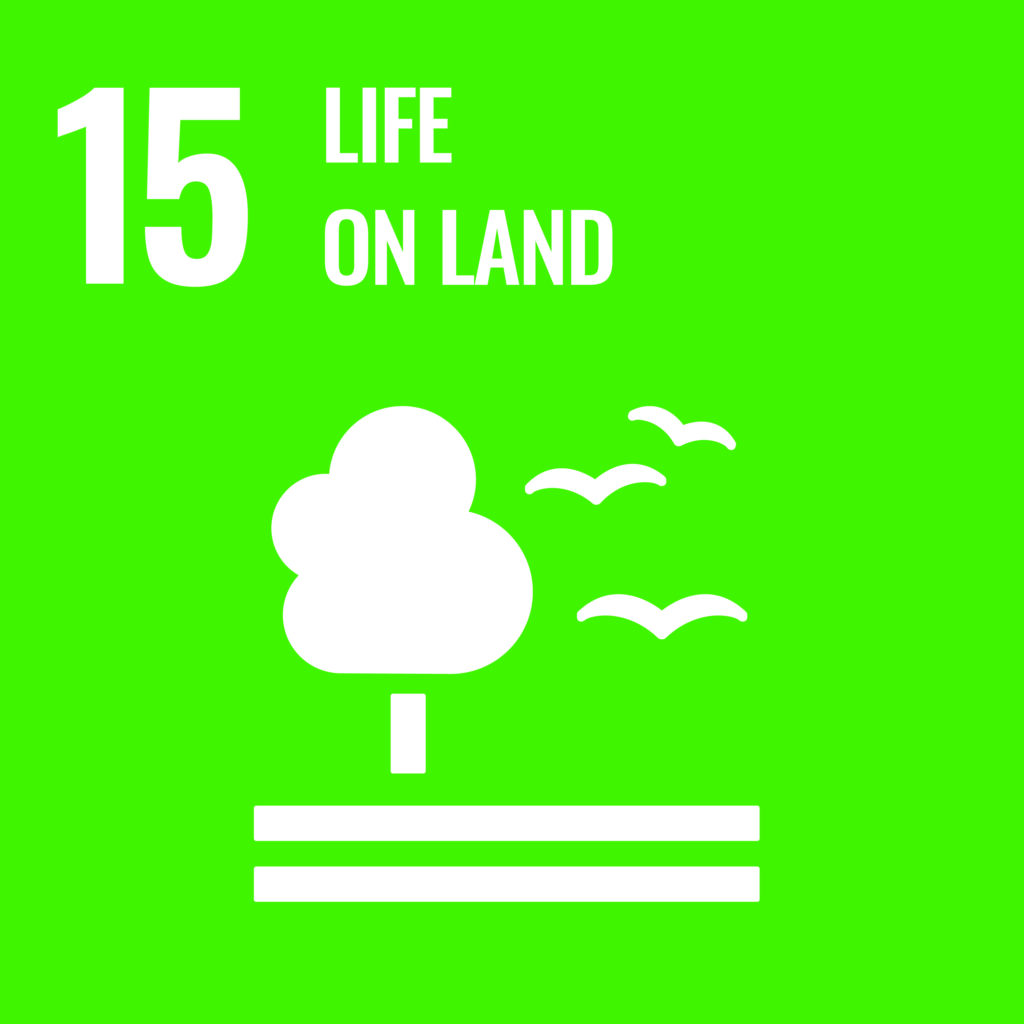
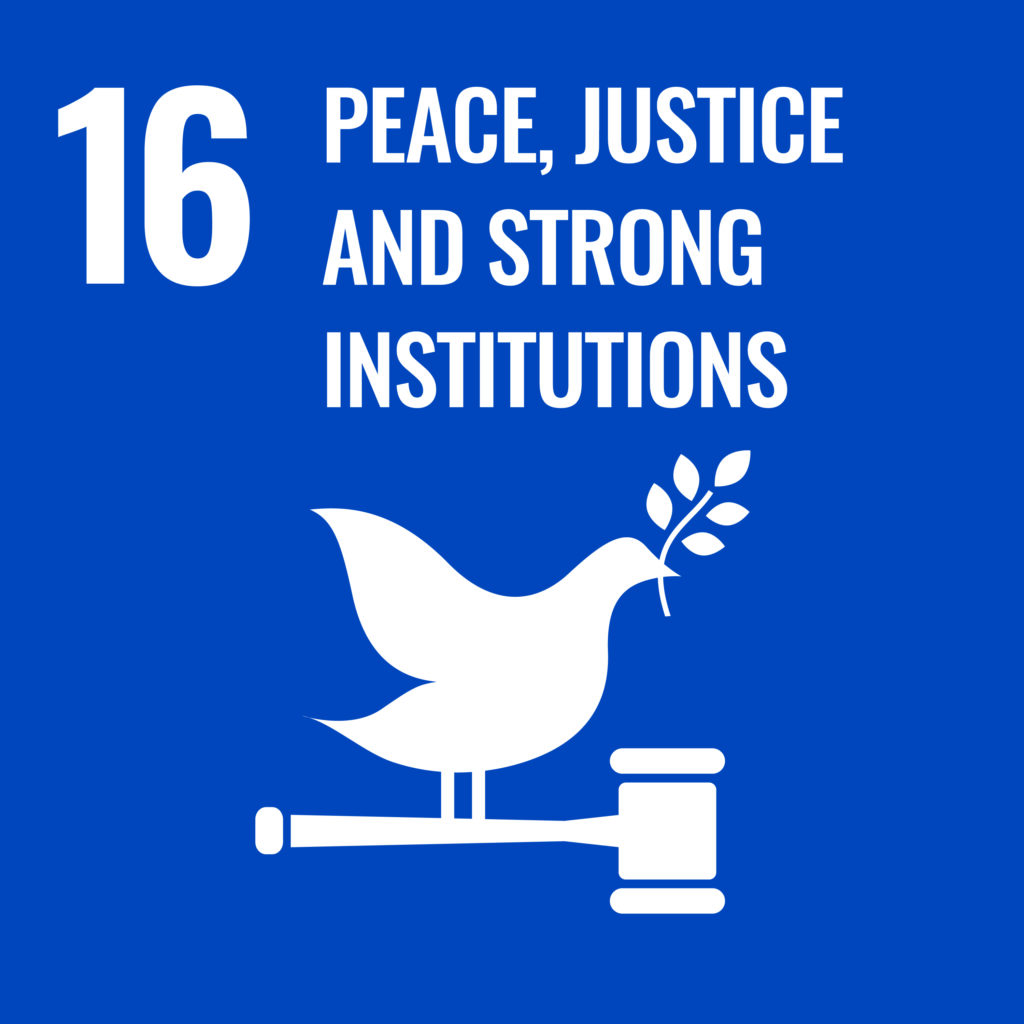
Highlighted project: April Salumei Rainforest Community Conservation Project
The April Salumei Rainforest Community Conservation Project, developed by Rainforest Project Management Limited, sustainably manages over 600,000 hectares of rainforest in the East Sepik Province of Papua New Guinea, with a crediting area of over 200,000 hectares. The project area has previously been recognised as an exceptional biodiversity hotspot by the Climate Community and Biodiversity Standard (SCS, 2011). Before becoming a carbon project, the area was planned to be cleared for logging.
The project will prevent 22.8m tonnes of greenhouse gases being released into the atmosphere over its lifetime and has prevented 1.8 million tonnes of greenhouse gases being released into the atmosphere during the most recent monitoring period.
In addition to reducing carbon emissions, the project also has a range of other benefits. The project protects vital habitat for many endangered animals, including the tree kangaroo, palm cockatoo, the bird of paradise and the southern crowned pigeon.
Sustainable Development Plan and community impact
TEM supported the project proponent Rainforest Project Management Limited and the Pacific Forest Alliance to partner with 164 local land groups (clans), made up of around 15,000 people, who own the rainforest and who have surrendered their rights to commercial logging.
The project promotes culturally inclusive development via a five-year Sustainable Development Plan, agreed by locals, and developed under the leadership of the landowner chiefs. The Plan and proposed activities were informed by the community and landowners through consultation, including speaking with women and young people, community group discussions, focus groups and interviews in 2024.
The Plan builds on previous project activities that will methodologically channel carbon finance over time into well-structured, long-term social development programs, thereby ensuring enduring benefits to the local communities. More information on implementation progress of the plan will be available after conclusion of the most recent monitoring period and third issuance (late 2025 to early 2026).
Previous project activities (between 2012-2018) have delivered benefits including:
- Providing over 10,000 native eaglewood trees for village areas for sustainable agriculture
- Providing 1,000 solar powered lights to community schools, health centres and families to provide affordable, sustainable energy
- Created 18 jobs for community members
- Providing funds to improve 15 local schools to help promote quality education.
Information source: project annual reports.
